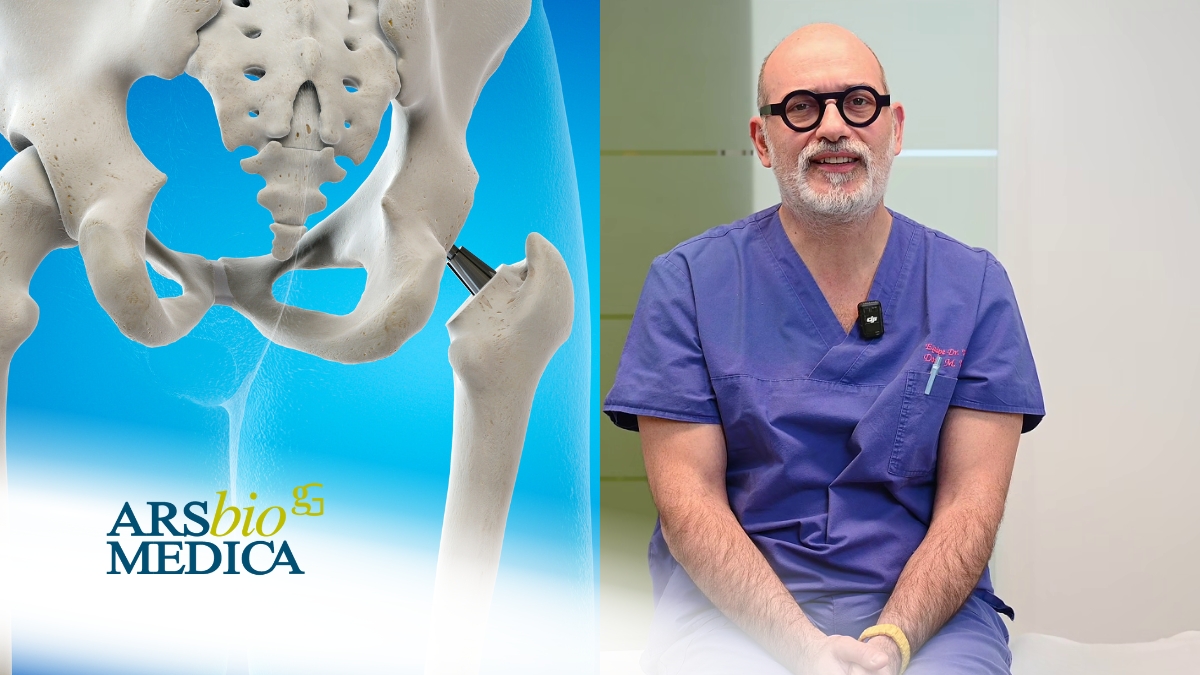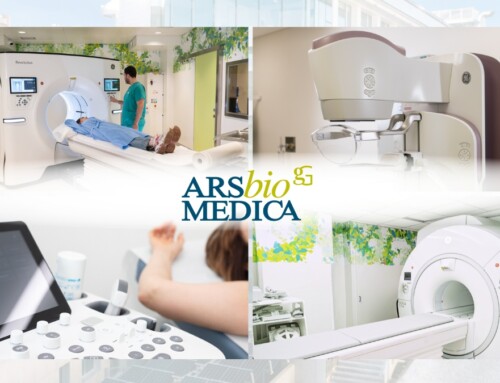
Articolo del 03/07/2025
Hip replacement surgery is today one of the most effective solutions for significantly improving the quality of life in patients suffering from advanced osteoarthritis, avascular necrosis, or other degenerative joint conditions that impair proper hip function.
In recent years, increasing attention has been directed toward surgical approaches that not only deliver excellent functional outcomes but also minimize surgical trauma.
This growing interest in less invasive techniques stems from the desire to shorten recovery times, reduce postoperative pain, and lower the risk of complications—especially in elderly patients or those with comorbidities.
In this context, the superior direct minimally invasive approach is emerging as one of the most promising and innovative techniques: it allows for substantial preservation of soft tissues and facilitates a quicker return to walking and daily activities.
We explore this topic with Dr. Marco Villa, orthopedic surgeon and specialist in hip and knee prosthetic surgery at ArsbioMedica Clinic.
Which surgical approach offers the best recovery and patient satisfaction?
Hip reconstruction surgery can vary significantly depending on the approach used. Some of the main approaches include:
-
The inguinal approach
-
The anterior approach
-
The anterolateral approach
-
The lateral approach
-
The posterior approach
-
The mini-posterior approach
-
Double-incision approaches
Personally, I follow a minimally invasive technique developed only a few years ago, known as the superior direct approach.
I chose this approach for several important reasons:
First and foremost, it significantly preserves soft tissue, including the muscles, tendons, joint capsule, and ligaments that control hip movement. This technique is part of a category of minimally invasive approaches that minimize muscular damage, as it follows a natural plane between muscles and ligaments, rather than cutting through them.
What are the main advantages of this surgical approach?
This technique offers multiple benefits:
-
Faster recovery: Compared to traditional approaches, patients regain proper walking patterns several weeks earlier.
-
Reduced bleeding: The incision is smaller, resulting in less blood loss and an almost negligible risk of requiring a blood transfusion.
-
Shorter operative time: A standard implant can be completed in under an hour—often in just 30 minutes. This is crucial not only for efficiency, but also for minimizing risks associated with prolonged anesthesia and, most importantly, for reducing the risk of infection, one of the most feared complications in prosthetic surgery.
Why is this technique suitable for bilateral hip replacements?
Thanks to its shorter operative time, reduced blood loss, and minimal anesthetic requirements, this approach makes simultaneous bilateral hip replacements feasible in many cases.
This means we can operate on both hips in a single session—resolving two issues with one surgery, one anesthesia, and one rehabilitation period, instead of spreading treatment over time.
Do you exclusively perform hip replacement surgery?
Not exclusively. My surgical practice is roughly 50% hip replacements and 50% knee replacements.
As for minimally invasive hip replacements, I perform around 350 procedures per year, including approximately 50 simultaneous bilateral cases.
Patient satisfaction with hip prostheses is extremely high—here at ArsbioMedica, our success rate is around 98%.
Knee prostheses tend to have a slightly lower satisfaction rate. While quality of life improves significantly in most cases, some patients may continue to experience mild discomfort or residual pain—affecting about 15% of cases.






